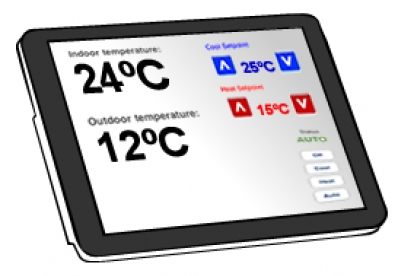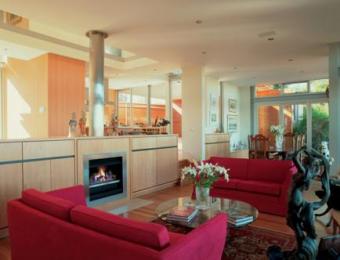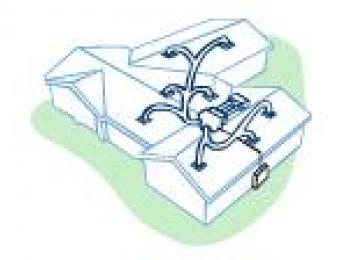
45% of Australian homes have an air conditioner – and in most cases, it’s a vital part of the home’s climate control system. For that reason, it’s no surprise that they are often integrated into home automation systems. Having said that though, automation controls can do a great deal more than simply turning air conditioners on and off.
Previously, only a few control systems allowed ‘whole-house’ climate control, with many being limited to only being able to switch air conditioners on and off (perhaps on a timer). Now there is a greater variety of units that allow fine-tuned temperature control across individual rooms or zones.
Expanding on the capabilities of conventional automation systems, these new systems, when integrated as part of a building management system (BMS), allow more control over fan speeds and temperature controlled zones. They also allow you to automate your home cooling either to a schedule, or to correspond to environmental conditions.
Zone-based cooling
Conventional ducted air conditioning in large homes often struggles with hot and cold spots – west facing rooms can get quite hot in the afternoon and upstairs is often three degrees warmer than downstairs. Many modern automated ducted air conditioner units feature a temperature sensor in each room, and a master controller to control the allocation of air through baffles or dampers in the ducting, the fan speed, and whether or not the unit is turned on or off.
Automated ventilation and shading systems
Automated cooling controls aren’t just limited to air conditioning systems though. Because of the versatility of home automation and building management systems (BMS), you can also use servo motors to automate your curtains and ventilation systems based on the season, time of day, available light or the outside temperature. This has obvious advantages, especially in parts of Australia where the weather is unpredictable (like Melbourne).
|
Advantages
|
Disadvantages
|



